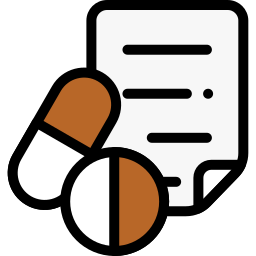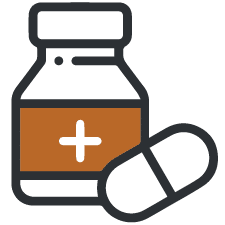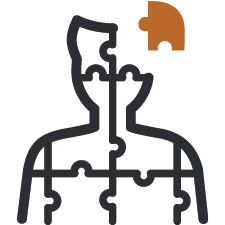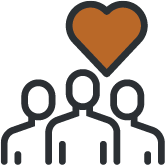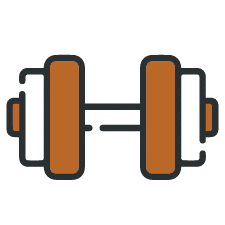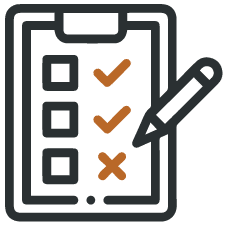Promethazine, primarily prescribed for its antihistamine properties, has found its way into a darker realm of misuse and addiction. The drug was initially intended to alleviate symptoms associated with allergies, the common cold, and motion sickness. However, its potential for abuse has led to a concerning trend in substance use disorders. Understanding the complexities of promethazine addiction is crucial in addressing this growing public health issue.




